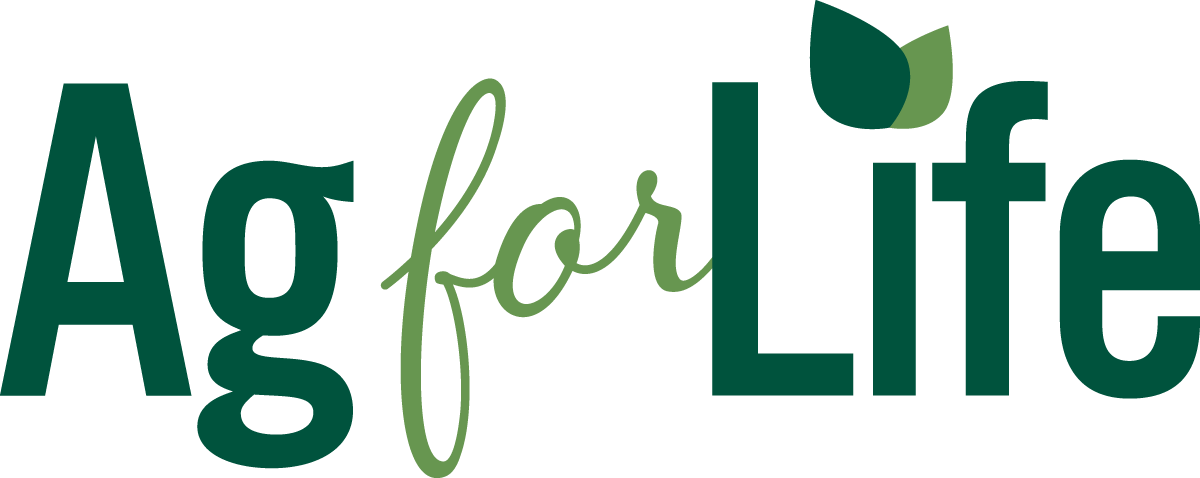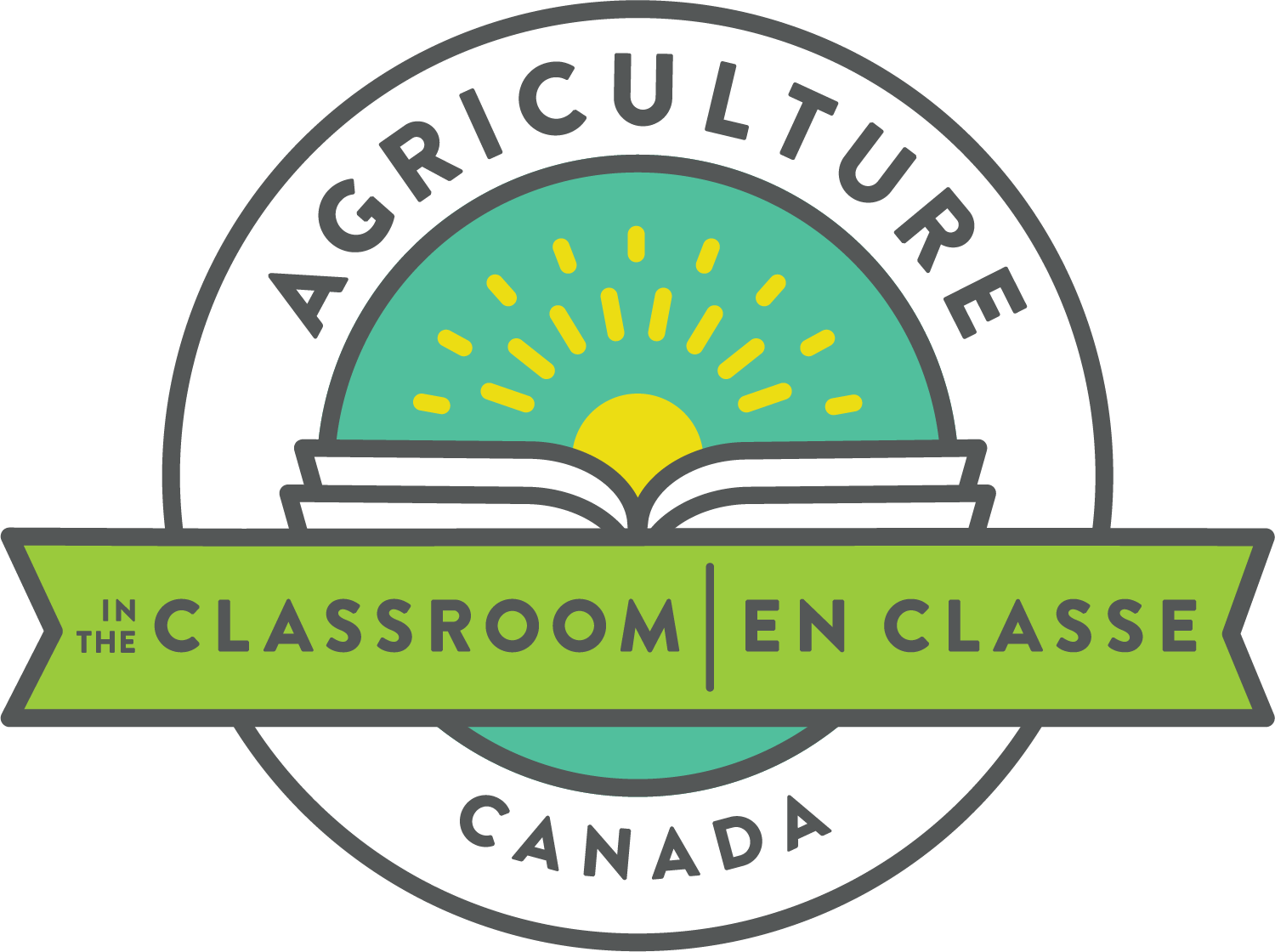AITC Canada Resource Listing
Filter resource results by:
Ag 101: Carbon Sequestration
Did you know crops can store carbon and help fight climate change? 🌱 Through practices like cover cropping, reduced tillage, and healthy soil management, agriculture plays a big role in capturing carbon from the air and keeping it in the ground.
Ag 101: Carbon Sequestration Worksheet
Did you know crops can store carbon and help fight climate change? 🌱 Through practices like cover cropping, reduced tillage, and healthy soil management, agriculture plays a big role in capturing carbon from the air and keeping it in the ground. Have students watch our Ag 101: Carbon Sequestration video and follow along with this worksheet.
Ag 101: Crop Rotation
What is Crop Rotation? Did you know farmers don’t just grow the same crop every year? Crop rotation helps keep soil healthy, reduce pests, and grow better food. 🌾🌽🥕 🎥 Use this Ag 101 video to kick off a conversation about sustainability, soil health, or food production systems. Perfect for science, social studies, or environmental education!
Agriculture and the Environment Soil
Soil is the foundation for all life and every farm needs good, fertile soil to produce healthy crops. While soil only covers 10% of our Earth’s surface, most people don’t realize how important to life it is. Soil is a living, breathing world that supports all life on earth. Healthy soil is made up from approximately 45% minerals (clay, silt and sand), 25% air, 25% water and 5% organic matter (decomposing animals and plants). All of these ingredients, together with climate, affect the soil composition and how well the soil produces.
CAP Apple - Taking care of our soil
Why is it important for us to take care of the Earth's soil? Soil is vital for farmers to grow food, but only a tiny fraction of the Earth's surface has productive land. Taking care of our soil is key to feeding everyone on our planet!
Get the Dirt on Soil
Check out this book for discovery into the subject of soil science. Explore topics like the properties of soil, nutrients, and soil testing through puzzles, quizzes, and more! Also, get to know an agriculture engineer by reading an exclusive interview.
Introduction to Pulses
Pulses are the group of crops that includes dry beans, dry peas, chickpeas, and lentils. As a steady source of nutrition and soil sustainability, pulse crops play a major role in our global food security, a role which will only grow in the future. The following worksheets, created by Manitoba Pulse and Soybean Growers and Agriculture in the Classroom & MB, focus on the role that pulses play in advancing health and nutrition, food security and environmental sustainability.
Nourishing the Planet in the 21st Century
Engage your students with the learning materials provided on a variety of topics, including soil science and agricultural sustainability. Learn about the important role plant nutrients play in global food security, and the creation and maintenance of green spaces.
Nutrient Movement
Plants remove water and nutrients from the soil through the plant's root system. Some nutrients move into root cells from the soil by diffusion and others by an energy- requiring process (active transport). This diffusion activity represents one-way movement of dissolved nutrients into the plant roots.
Seed Germination
Seed germination is the process in which seeds successfully develop into seedlings. We can simply say it is the phase of plant growth when the seed begins to sprout. When a seed is planted into moist soil, the seed coat splits and a tiny root emerges downwards, while a shoot emerges upward.
Seed Success
Seed germination is the process in which seeds successfully develop into seedlings. We can simply say it is the phase of plant growth when the seed begins to sprout. When a seed is planted into moist soil, the seed coat splits and a tiny root emerges downwards, while a shoot emerges upward.
Soil Health
Identify plant and animal wastes, and describe how they are recycled in nature. For example, plant leaves serve as a source of food for soil insects, worms and other creatures. The wastes of these animals may then be further broken down by molds, fungi and bacteria.
Soil Sorting
Not all soil is the same - even soil that looks similar can be very different. Soils contain different properties and different nutrients that plants use. Students will be given a sample of soil to inspect and identify differences they can see in the soil, including organic and inorganic material.
Sustainability
The Nourishing Minds publication series has been developed as an educational tool for youth, educators, parents and anyone who wishes to learn more about agriculture and food systems. These magazines offer young people the chance to engage about a wide variety of topics such as food security, nutrition, climate change and sustainability and learn how they can take action. This issue we chose to explore agriculture’s environmental connection because it will help us reach new levels of sustainability. We want to see a tomorrow where agriculture is thriving and precious resources like water, soil, and air are available for future generations.
The Radish Party
This inquiry provides students with an exciting opportunity to grow vegetables while watching each stage of growth. Through this they will learn that stem strength and colour, in addition to growth, are indicative of a healthy plant and healthy soil.
This Land is Your Land
Soil erosion is something farmers have to be very aware of. Through this activity students will learn about erosion on different types of soil. Then they will design and build a farm with the goal of protecting buildings and crops from being flooded or washed away. Students work creatively as farmers to prevent soil erosion and save their farm.
What is the Ethical Choice for People, Animals and Planet?
How can today's food system meet the growing global demand to produce more food using fewer resources? This video incorporates the 'Earth as an apple' model to highlight the amount of soil available and looks at the amount of freshwater available. At the same time, it highlights the increasing need for food due to an increasing global population.
24 out of 24 results

